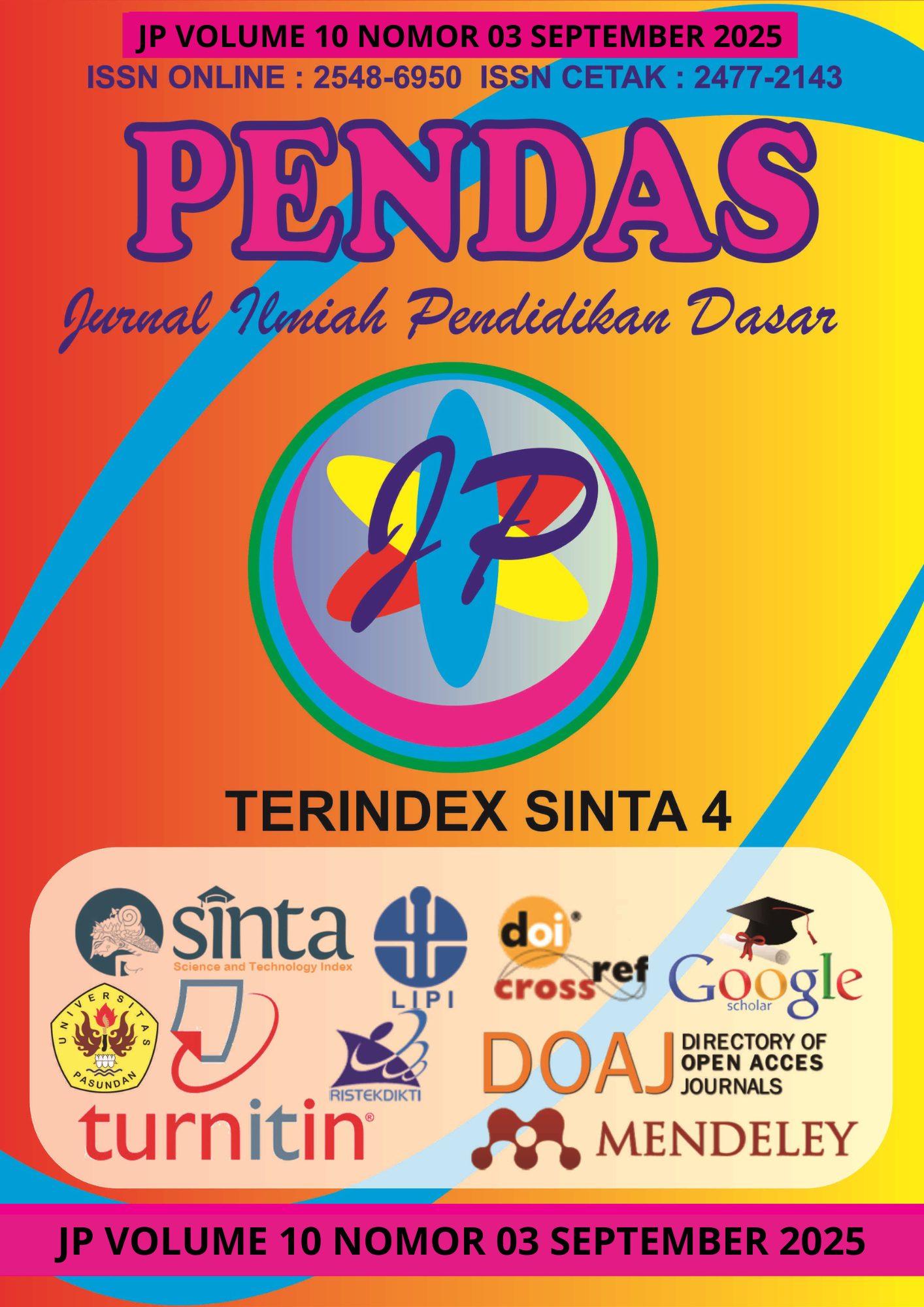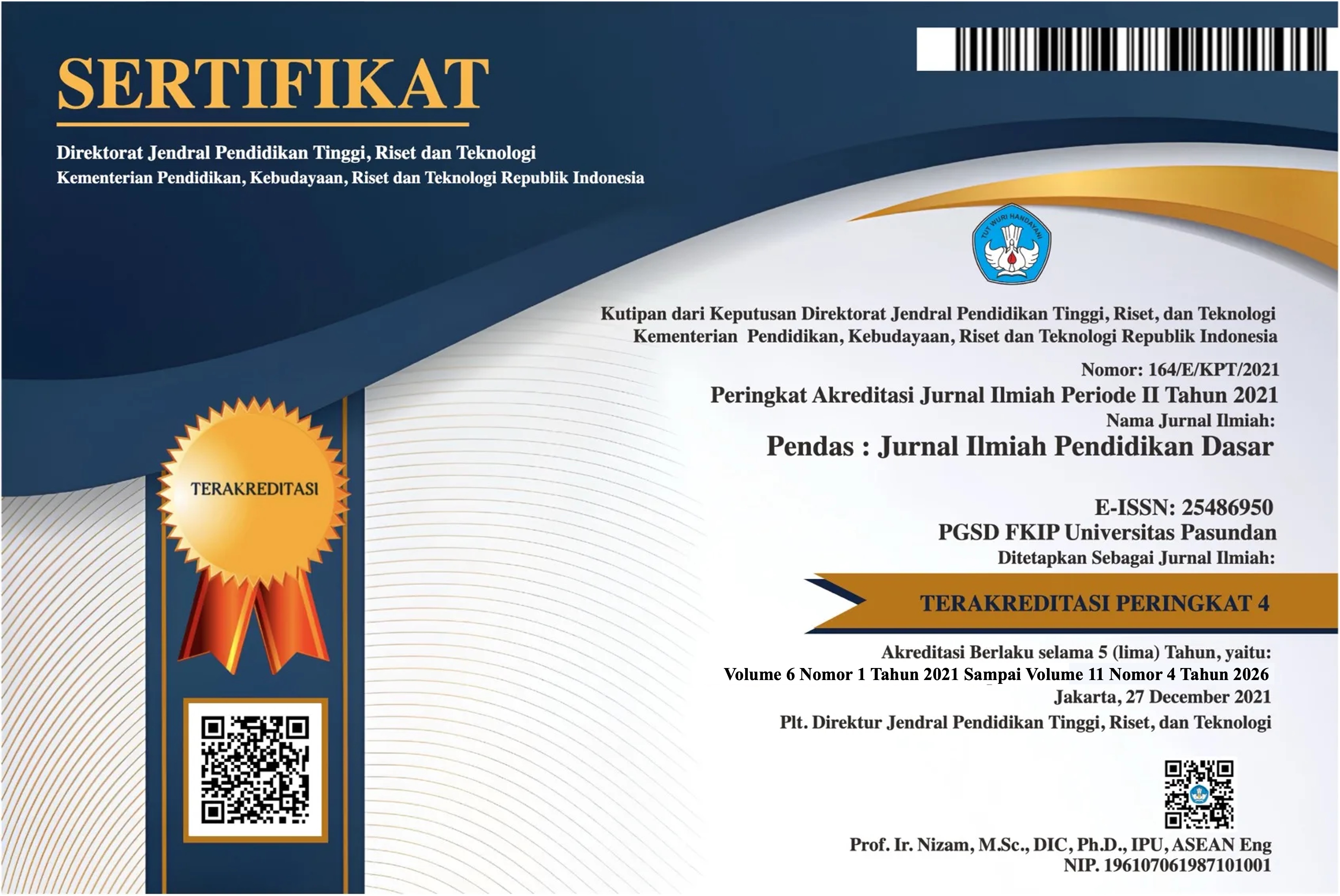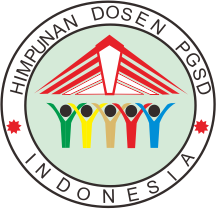PENGEMBANGAN MEDIA FLASH CARD LACA BERBASIS WEB UNTUK MENINGKATKAN KEMAMPUAN MEMBACA PESERTA DIDIK DISLEKSIA
DOI:
https://doi.org/10.23969/jp.v10i3.27808Keywords:
ADDIE, dyslexia, flash cards, learning media, webAbstract
This study aims to develop web-based Flash Card LACA learning media to improve the reading skills of dyslexic students at SD Negeri Balerejo 02. This media uses the ADDIE model (Analysis, Design, Development, Implementation, Evaluation). The results of the study showed that this media is effective in improving the reading skills of dyslexic students with an interactive and easily accessible design. The material test obtained a score of 85%, with several parts that need to be revised to suit the needs of dyslexic students. The media test showed a score of 91%, indicating that this media design is valid without revision. The practitioner test involved teachers and material experts who confirmed that this media was practical and effective, with a very good validity score. The student response questionnaire showed that 83.33% of students felt that this media helped them understand the material and increase their self-confidence, with a significant increase in the pretest and posttest results. The teacher response questionnaire showed that 97% of teachers considered this media suitable for use in learning, practical, and effective in supporting reading learning for dyslexic students. Overall, this study shows that the web-based LACA Flash Card media is valid, practical, and effective in improving the reading skills of dyslexic students, and is expected to be a reference for the development of similar learning media in other schools.
Downloads
References
Adella, M., & Lestari, M. R. D. W. (2024). Pengaruh Media Pembelajaran Flashcard Terhadap Kemampuan Anak Disleksia di Sekolah Dasar. Al Madrasah Jurnal Pendidikan Madrasah Ibtidaiya, 8(3), 995. https://doi.org/10.35931/am.v8i3.3564
Amalia Ristias, A., Frisia Mulia, R., & Putri Fajar, A. (2021). Android-Based Code Life Application Design Using Object Oriented Analysis & Design (OOAD) Method. Prosiding Seminar SITASI , November, 293.
Bakti, S. W., Ridwan, M., & Nooriansyah, S. (2024). Pengembangan Aplikasi Augmented Reality Berbasis Gamifikasi Untuk Pembelajaran Perkembangbiakan Tumbuhan bagi Siswa Sekolah Dasar. Jutisi: Jurnal Ilmiah Teknik Informatika Dan Sistem Informasi, 13(2), 1171–1182.
Bazen, L., Bree, E. H. De, Boer, M. Van Den, & Jong, P. F. De. (2023). Perceived negative consequences of dyslexia : the influence of person and environmental factors. Annals of Dyslexia, 73(2), 214–234. https://doi.org/10.1007/s11881-022-00274-0
Fadilah, A., Nurzakiyah, K. R., Kanya, N. A., Hidayat, S. P., & Setiawan, U. (2023). Pengertian Media, Tujuan, Fungsi, Manfaat dan Urgensi Media Pembelajaran. Journal of Student Research (JSR), 1(2), 1–17.
Hadhrami, A. S. A. L., Al-Amrat, M. G. R., Khasawneh, M. A. S., & Darawsheh, S. R. (2022). Approach to Improve Reading Skill of Students with Dyslexia Approach to Improve Reading Skill of Students with Dyslexia. 11(6).
Hasibuan, N. S. (2021). Pendampingan
Downloads
Published
Issue
Section
License
Copyright (c) 2025 Pendas : Jurnal Ilmiah Pendidikan Dasar

This work is licensed under a Creative Commons Attribution 4.0 International License.



















